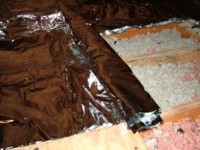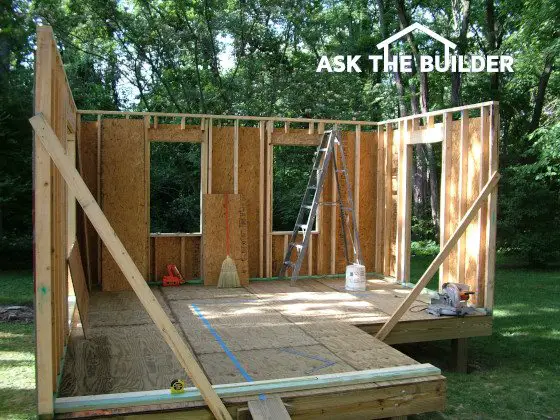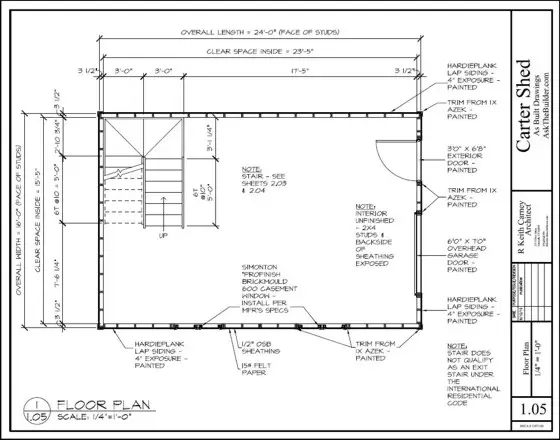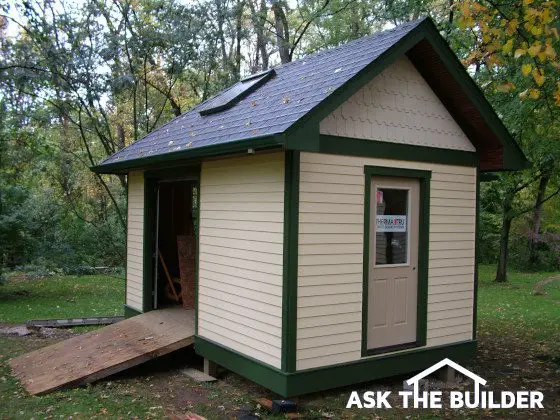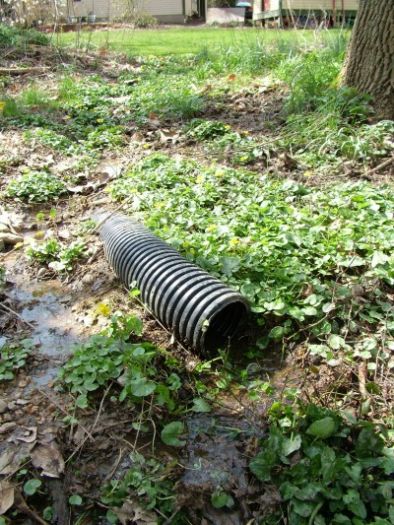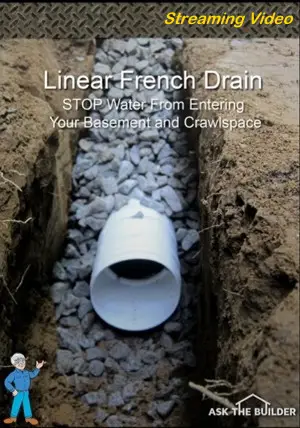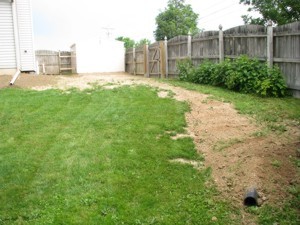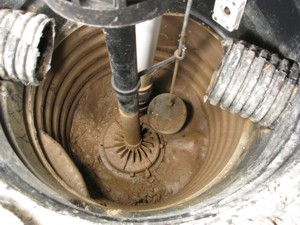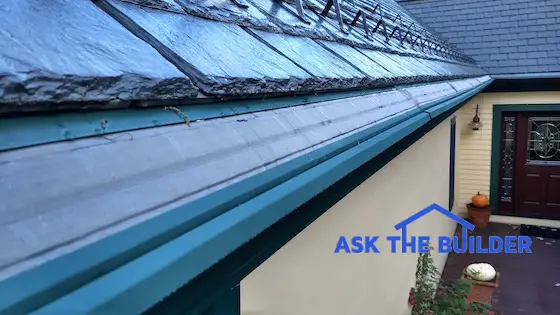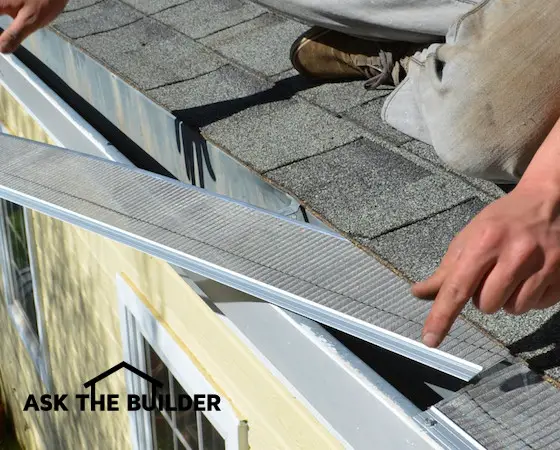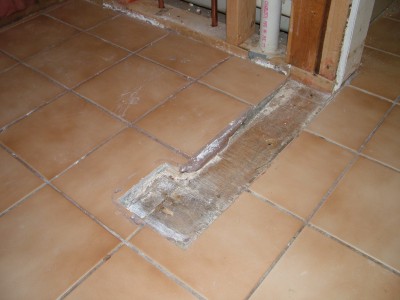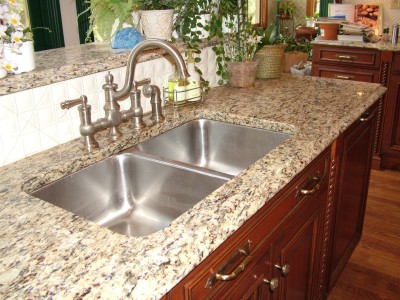What's in This Issue
FEEDBACK!
HOME DEPOT AND LOWES IN THE NEWS
LOW WATER FLOW
MY ROOF
TALK TO ME
Feedback!
As you might expect, the unusual piece I did in last-week's newsletter about my phone call with US Senator Jon Kyl generated some great responses. You can't believe how much I value the effort made when you reach out to me. It makes all of what I do worthwhile.
Here are a just a few of the messages I received:
Matt Reeder from Columbus, Ohio wrote,
- "I am a huge advocate on something called the fair tax. There is a huge grassroots organization in place. Check out fairtax.org Congressman Linder and Neil Boortz have written 2 books on the subject. Next time you are on a plane I would suggest the read."
Not too long after his email, I heard from Jenny who also lives in Ohio. She wrote:
- "As the wife of a committed public servant. What you have said resonates with me and I congratulate you for your service. The fact that you are a flat-tax advocate makes you a voice of reason in a very crowded Internet world.
- I'm an aspiring, stubborn do-it-yourselfer who found your site by home improvement searches. I am now a devotee because you provide an easy to follow format for diy'ers and share very common sense beliefs.
- We live in Northeast Ohio....the rust belt. Should you find yourself in this neck of the woods, please let us know. We are very active, know many like-minded folks and will go shoulder to shoulder with you to advance the cause!!"
Then an hour or so later Joseph Broder from up east in Connecticut emailed me. He definitely had some first-hand experience in the subject. Check out what he said:
- "You are spot on about contacting one's elected representatives. Having served in the Connecticut state legislature and on the Glastonbury, CT town council, I can attest to the fact that few constituents ever bother to make contact. Accordingly, when I would receive more than a few contacts on a particular subject, it usually made a significant impression. (Of course, if the contacts appeared to be an orchestrated effort, the contacts were sometimes suspect.) Actually, even a single contact, thoughtfully expressed, would often move me and/or colleagues to investigate or act on a particular issue or matter."
I don't know about you, but the message is crystal clear. Together we can make a difference. Please consider taking some of your daily energy and allocate it to a cause you are passionate about.
Home Depot and Lowes in the News
Today as I was eating breakfast, I saw a small article in the paper about how Lowes is suffering from lower earnings. They expect Home Depot to report similar numbers to their stockholders. The housing slump and soft economy are no doubt to blame.

If you are a long-term subscriber, you know that I am not a huge fan of either giant retailer. Yes, they offer convenient shopping hours and one-stop shopping, but as far as I am concerned, that is where it ends. I know you might have a connection to one of these companies, so please hear me out.
One of the things that gets stuck in my craw is the perception they create about having low prices on all things. Nothing could be further from the truth. Just a month ago, I discovered that I could get crown molding from a lumber yard for 65 percent less than what it was being sold for at Home Depot. I am talking about the exact same item, not a substitute.
There are many other examples I could draw upon, but that is not the point. In these tough times economically (gasoline above $4.00 per gallon!), we all need to preserve cash. I urge you to really spend some time calling around to other businesses before you start your next project. You may discover what I already know - that I often can get better prices, better quality and better service shopping at places other than the big box stores.

Low Water Flow
I get many questions about mysterious low-pressure problems in kitchen and bathroom faucets. The water flow is fine in other fixtures, and this puzzles people.
The cause is almost always related to small pieces of sediment that are clogging the aerator on the faucet or the small port openings in the faucet cartridge. Most of the time it is the aerator at the tip of the faucet.
When you remove the aerator, look up inside the faucet to make sure you have all of the parts. You may see a small plastic disc in the aerator that has tiny holes in it. My guess is you will see little bits of crud there. Use a pin to clean it. If there are hard-water deposits on the aerator, soak it overnight in some warm white vinegar.
My Roof
This summer I am having a new roof installed on my own home. The original shingles are worn out. When I built my home years ago, I installed the roof with some helpers. Time has taken its toll on my body, so I am hiring one of the top roofers in Cincinnati to do the job.

You may be in the same situation. You need a new roof, and do not want to have some bottom feeder up on your roof creating a bunch of leaks. Are you wondering exactly what I did to find the best roofer? It is not as hard as you might think.
Since I can't do a Vulcan mind-meld that would transfer my knowledge into your head like Leonard Nimoy used to do in Star Trek, I did the next best thing. You can use my Roofing Checklist. Actually, it is my New and Improved Checklist.
This checklist ensures you will find the best roofer in your area. There are a series of questions you ask in a face-to-face interview, but more importantly, I give you secret links to four videos I taped that show you the exact method I use to find a pro. It is a bulletproof method. In the videos, I also tell you all about the pitfalls in contracts, plans and specifications and change orders.
My Roofing Checklist also has a really detailed spreadsheet outlining all of the cost items in a regular roofing job in case you want to discover what the materials cost on your job. Also included are all of the really important things I have written about roofs.
All of these money-saving tips and secret techniques in one Instant-Download .pdf document! Can you believe that? To celebrate my own roof job, I am putting my Roofing Checklist On Sale for the next three days with a huge 25% discount. You can have it right now for just $12.75. (Offer expired on May 23, 2008.) You get it as a download file minutes after your order is complete. All you do is check your email after you click the Submit Order button.
Go here to get the Roofing Checklist:
To get the discount, use this Promo Code:
roofcheck
Note - all lower case and no spaces!
This offer expired on Friday, May 23, 2008, sorry.
Talk to Me
Just over an hour ago, I hung up the phone with Dr. Mitch. He is an emergency-room physician up in Minneapolis. Dr. Mitch had seen in my store the neat product where you can talk with me. Yes, I call you on the phone.
He has a home on five acres and his sump pump runs quite a lot he told me. So much so that he is terrified of flooding in his basement. Dr. Mitch wanted to talk to me about what he could do to get rid of that constant worry, especially in the spring when the snow melts.
My 15-Minute Phone Consult did the trick! In fact, I went over about five minutes with him at no extra charge. He said he is going to send photos of the completed project, and I can't wait to see them.
If you have a problem that is stumping you, and you want to discuss it with me, you can do it.
Index of past newsletters.
